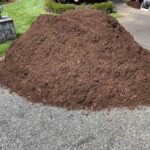You can easily fix a lightly uneven lawn, but the worse the unevenness gets, the more effort you will have to put into it, along with time and money. Topdressing, filling, and even regarding your lawn might be in order, depending on the severity.
Regardless of where your lawn is in terms of severity, there are several steps that you must undertake before you brother to address the unevenness.
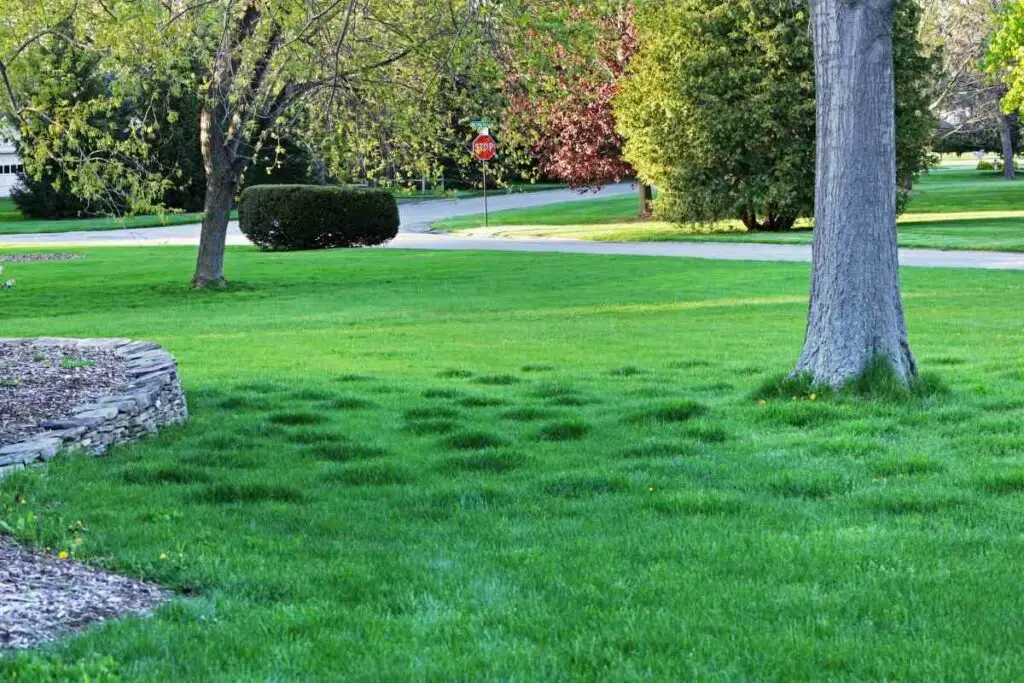
Turning your lawn into the flat and vibrant landscape that you prefer requires some effort. If you’re ready to get started, don’t forget your work gloves.
Table of Contents
How Do You Begin Fixing an Uneven Lawn?
When you have a lawn that is uneven, you have two choices:
- get to work
- or go home and let it be
If you decide that it’s in your best interests to get to work—like if the dips and bumps in your yard are enough to take out an ankle—you will have to gather some supplies.
The next step is to determine what is causing the unevenness.
What is Causing Your Uneven Lawn?
The most obvious first step is to determine the underlying cause.
There’s no sense in spending a ton of money on repairing the lawn just to have it go back to the way it was in just a few months:
- The natural process of ground settling
- Poorly maintained sprinkler systems create erosion
- Freezing and thawing cycles
- Weakened topsoil caused by insect infestations or animals
- Buried objects or other debris
Ground settling, along with freezing and thawing cycles kind of go hand-in-hand, although freezing and thawing can also exacerbate the process of natural ground settling.
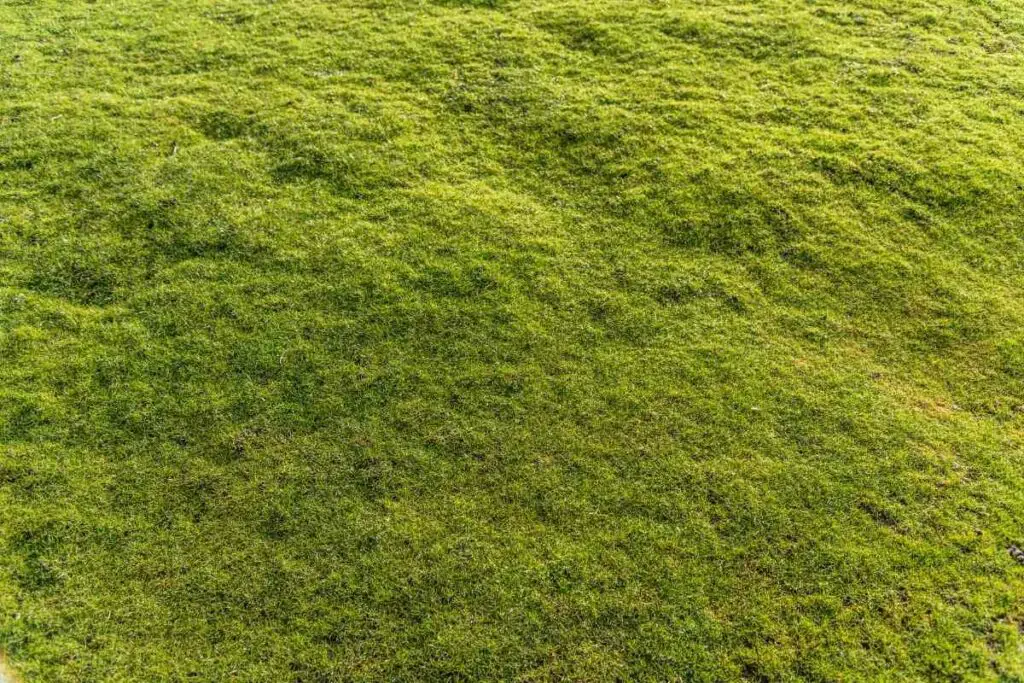
If it’s the ground settling, however, it’s likely to be a limited thing and is far more common in lawns adjacent to newly built homes.
You’ll know if you have insect problems because some of the initial signs will be thinning or completely bare patches in the grass.
When rain and wind come along, it tends to make the exposed and damaged spots worse through erosion.
Sprinkler Systems – Whether older or brand new can have leaks or they may have been installed improperly, allowing sink spots in your yard as the soil fills in voids.
Water leaks create sinking spots as well so it’s important to check along the PVC lines in your sprinkler system.
Tools You Will Need
Depending on the severity of the problem, you may need some of the tools on the below list or all of them.
If your yard is severely uneven, then you will probably have to hire a professional if you are really serious about it, or rent the heavy equipment necessary for the job.
- Bags of topsoil
- A regular rake
- A thatch rake
- Push broom
- Sand
- Wheelbarrow
- Edger
- Lawnmower
- Compost (if applicable)
- Dethatching machine (if applicable)
You may need a dethatching machine if the layer between the grass stems and the ground is covered in dead roots.
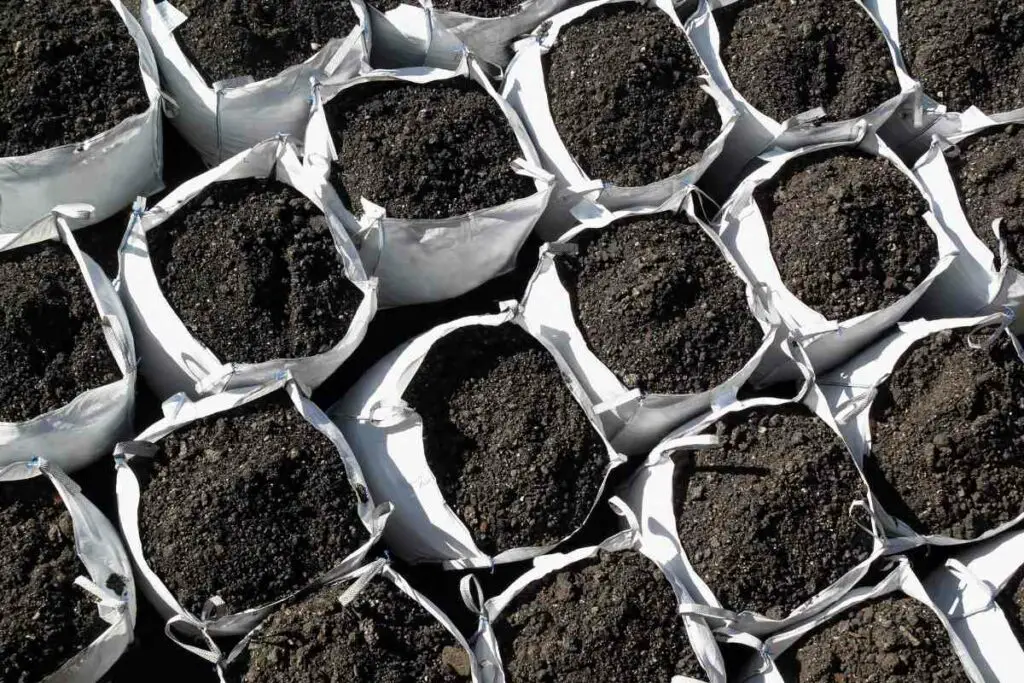
You’ll want all of this up as it is necessary for a healthy lawn and may contribute to the unevenness as well.
Also, the best time to work on correcting the unevenness of your lawn is during the spring, because this is the best time for grass to grow and fill in the bare spots created in the process.
Minor Bumps and Irregularities in Your Yard
The first thing that you need to do is mow the lawn.
But, before you get started, be sure to lower the blades to as close as they can get to the ground.
You want to give your grass a good, close shave, which will make the detaching process much easier, along with the filling.
You can either dethatch your lawn throughout or just dethatch the areas you’re focused on repairing.
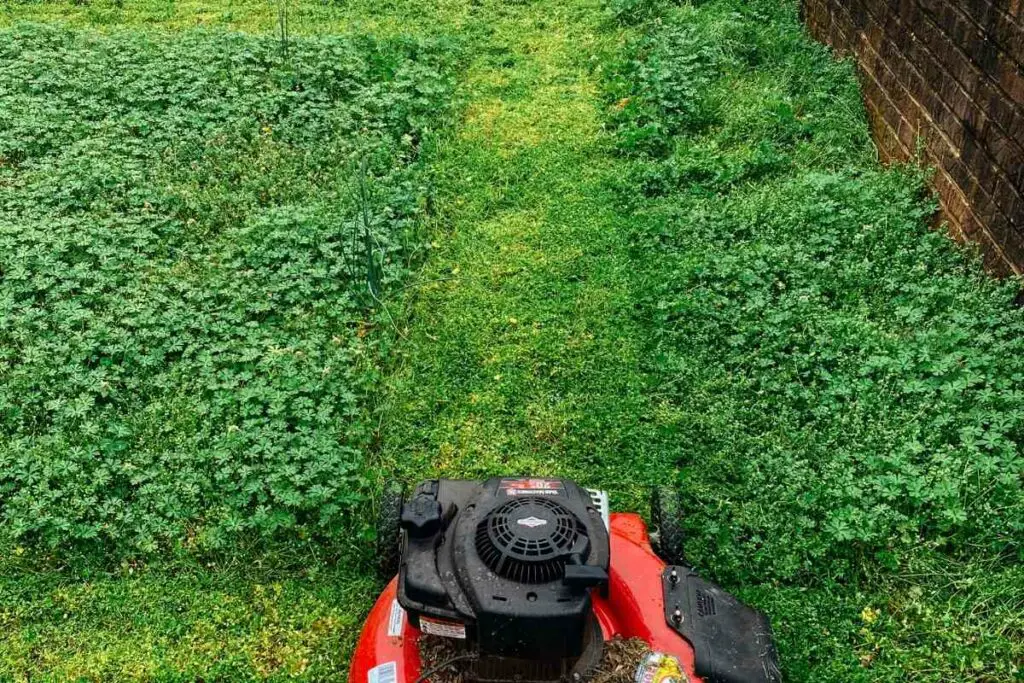
Some sites will advise you to just dethatch the areas that are problematic and need fill, however, it’s a good idea to just do the whole thing, as it can create more problems in the future.
For minor bumps throughout the yard, all you need to do is fill them in as necessary. The best material to do this with is topsoil.
The problem is, that you need to go with the right kind of topsoil, which is what matches your existing soil the closest.
It’s also advisable to aerate the lawn before you start placing fill as well. This will help your lawn to breathe and it will help it repair itself, specifically in the areas that you are going to add fill.
Move Around the Lawn – Filling all of the depressions with your matching topsoil (mixture of sand, compost, and topsoil for existing sandy or loam soils and just compost and topsoil mixtures for existing clay).
Reseed the areas that you filled in after your rake, smooth, and tamp them down. Be sure to water the area when you are finished.
Correcting a More Moderately Uneven Lawn
This is usually caused by an underlying source, such as a buried and rotting branch, logs, bricks, or other detritus that may have been discarded and later buried during the construction of the home.
The best way to deal with these is to get yourself a shovel and dig down to see if you can locate the source of the problem.
It could be anything, including the above-listed sprinkler issue, which would be a little easier to track.
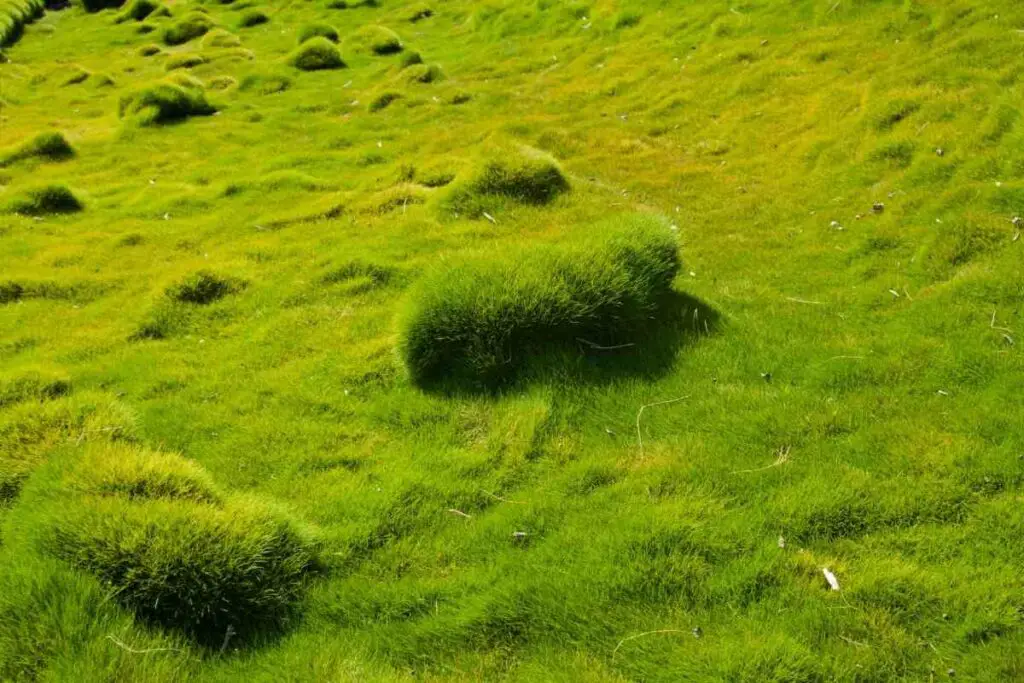
If there are multiple sprinklers throughout the yard and its tied into a circuit or a smart console, you can go outside (this is all assuming that you are not the one who had the original system installed) and map out where the sprinkler pipes are buried, running from one sprinkle head to the next:
- Dig down to locate the source of the problem
- If you have sod, peel back only enough for you to work
- Dig down (gently if its a pipe) to locate the source
- Remove the source of the problem or repair the piping
- Refill the hole, using existing soil, along with more topsoil
- Ensure that the new topsoil matches the existing soil
- Fill in the hole higher than needed, allowing for some degree of settling
- Replace the sod if it’s still in decent shape
- Replace with new sod if necessary
- Water the area well
If you have multiple low points throughout your yard, you will have to methodically go through them, repeating the above steps until you have covered the entire area.
If you have these things all over the yard and they are a developing issue, you have something serious going on and should get a professional in to have a look.
Correcting a Severely Uneven Yard
If it looks like your yard was caught up in a WWII bombing, then you have two choices.
The first is to call in a professional.
At the very least, you can pick their brains and find out how they would approach the problem and try to correct it.
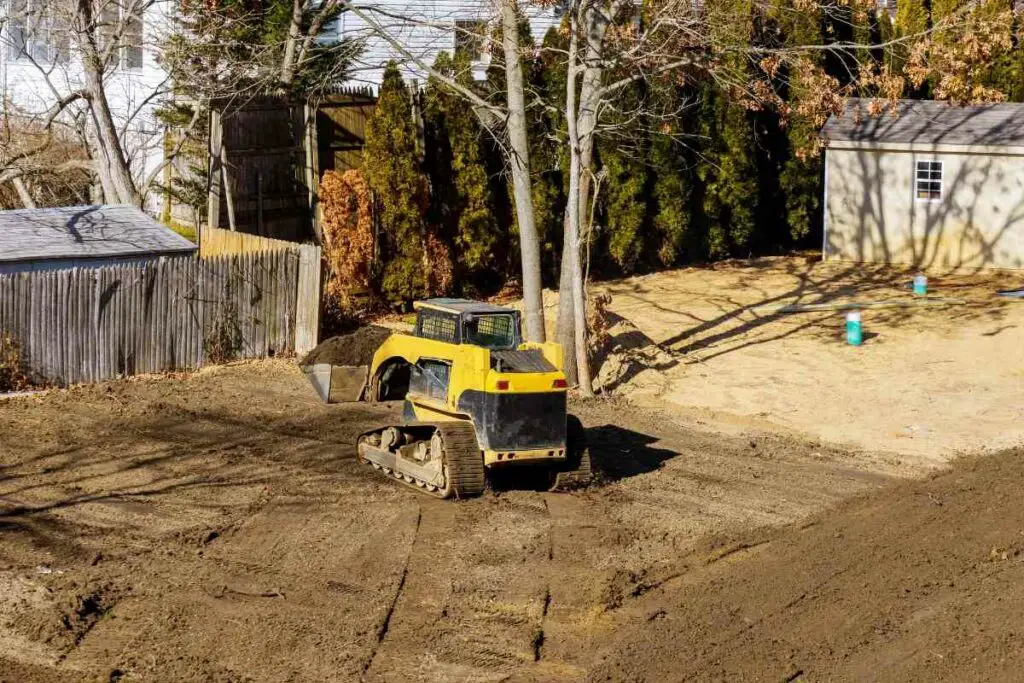
The second is to regrade the lawn yourself.
For something severe, you will probably need to rent a bobcat with a front-end loader and excavator attachments.
You will also need a transit level, which is relatively cheap to rent:
- You want the ground to slope away from your house for drainage purposes
- Establish your slop with a second person using the transit level
- Use the bobcat to scrape away your high points
- Use the soil from the scraped high points to fill your low points
- Try to add layers to low points in two-inch increments
- Use whatever hand tools you have handy to till each additional 2” layer into the layer below it
Depending on how bad your yard is, you may not need the bobcat but if you don’t want to use one, it’s all about the hand tools, which will make for some back-breaking work.
Remember, it’s best to fix uneven lawns in the spring, so it should be nice and cool outside (unless you live in Florida) for some hands-on work.
A bobcat is a lifesaver, however, and they are very easy to operate, even with dual attachments mounted on them.
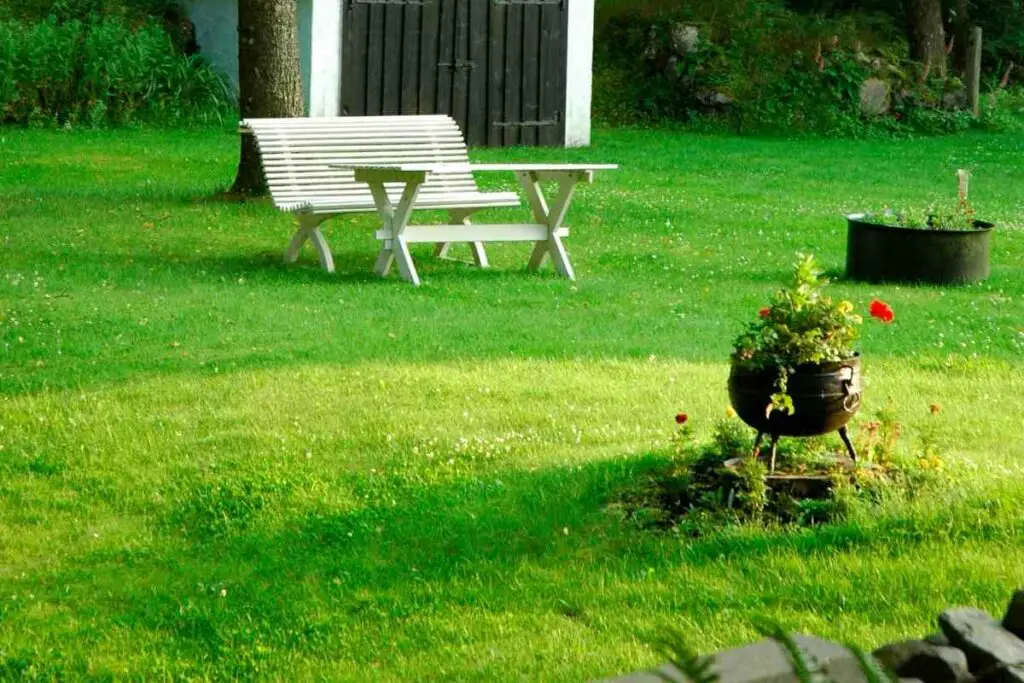
They aren’t brutally expensive to rent but you will want to make sure that everything is prepped so that you can rent it, do the job, and get it back in a single day.
Don’t fret if you have to have a professional landscaper come in.
The fact is, you can do most of the work yourself:
- repairing any minor or moderate dips
- detaching the lawn
- mowing the lawn
- and determining your slope
Then, you can just have the landscaper come in to shift all of the soil around where it needs to be.
Conclusion
Short answer: Yes, a small uneven surface is easily solved. The more the surface is uneven the more difficult it can get.
Recorrecting a large uneven surface can cost time and money. But can still be resolved.
Before deciding, examine your situation.
Can you live with the uneven surface?
If not check out our article about for a few ideas on how to start and what you need to begin.
Also Helpful
- How to Dry Basil Leaves: A Professional Guide
- Is an Avocado a Fruit or Vegetable? Simple Answer and Explanation
- Does Pineapple Have Seeds? Exploring the Anatomy of Pineapples
- Blooming Through Winter: Can I Grow Vegetables Indoors in the Winter?
- What Can You Grow in a Greenhouse All Year Round: A Guide to Year-Round Greenhouse Gardening
- Are Blueberries Blue? Debunking the Myth of Their Color












